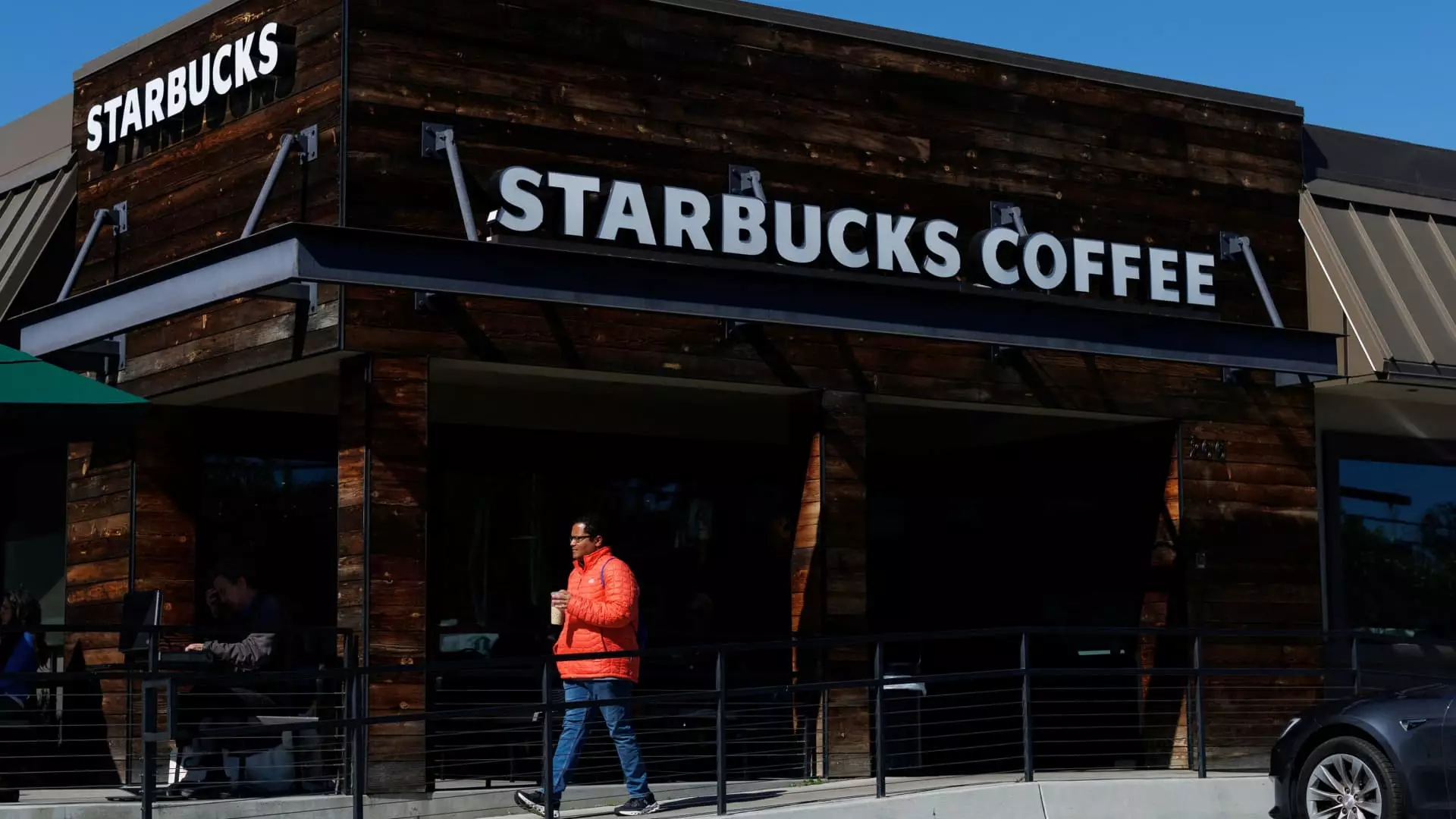Recent trading sessions have revealed a troubling trend as restaurant stocks falter, reflecting investors’ heightened anxiety over the looming threat of a recession. Over the past three days, U.S. stocks have seen a significant decline, primarily triggered by President Donald Trump’s abrupt decision to impose steep tariffs on goods imported from major trading partners. While one might argue that such tariffs would not directly affect most restaurant chains, the ensuing inflation is likely to impose unprecedented pressure on consumer spending. This concerns me deeply as it indicates an economic environment where discretionary spending, particularly on dining out, is under siege.
Reflecting on comments from UBS analyst Dennis Geiger, it seems pivotal to recognize that while the immediate cost impact on restaurants could be absorbed, what looms larger is the accompanying pressure on consumers’ wallets—essentially squeezing their ability to dine out. When consumer confidence trembles, it often leads to a collective recalibration of spending habits that could catalyze a significant downturn across the restaurant sector.
Starbucks: A Case Study in Market Vulnerability
Take Starbucks, for example, where shares plunged over 2% amidst a cloud of revised expectations tied to the economic landscape. With nearly a 20% drop in stock value since tariffs were announced, it is clear that even coffee—Americans’ daily ritual—has been ensnared in this perfect storm. Analyst Sara Senatore’s insights about coffee costs from tariff impacts and the specter of anti-American sentiment particularly resonate. Starbucks, which has thrived on globalization and international sales, now faces a precarious balance with rising costs and consumer boycotts, especially in China, its second-largest market.
The fundamental irony is striking. While coffee production is anchored in countries like Brazil and Vietnam—regions now targeted by tariffs—the iconic brand may find itself grappling with an economic backlash that extends beyond fluctuating commodity prices. The relationship between consumer sentiment and spending cannot be taken lightly; it need not take much for a coffee chain to go from its bloom to a slump.
Casual Dining: A Sector in Retreat
Casual dining chains are experiencing shockwaves as well. The falls of Dine Brands, which owns Applebee’s and IHOP, reflect a broader malaise among casual dining stocks where a rapidly shifting consumer landscape is damaging revenues. With shares dipping nearly 3%, it becomes evident that traditional dining models may not hold water in the midst of an impending recession. The competition is fiercer and unforgiving, and restaurateurs must ponder whether the model designed to woo diners with experience and cuisine can withstand economic headwinds where consumers tighten their belts.
Investors have historically found refuge in fast-food chains during economic downturns as value-driven dining tends to pivot towards affordability. However, even this sector is feeling the strain as quick-service establishments, long the go-to during tight financial times, report waning foot traffic and reduced average order value. Fast-food giants like McDonald’s and Taco Bell appear to be weathering the storm for now, but lower-income consumers have significantly curtailed visits, raising numerous red flags about the broader market health.
The Shift Towards Value: A Call for Innovation
In the wake of shifting consumer spending dynamics, it is crucial for restaurants to rethink their value propositions. The resilience of young companies like Dutch Bros. and Cava suggests that innovation and adaptability remain vital. As these brands discover ways to connect with cost-conscious consumers, they illuminate the path forward for their more established counterparts.
The takeaway here is profound—restaurants must pivot swiftly to cater to changing consumer needs. Whether it’s through expanding value menus, leveraging technology for efficiency, or enhancing the customer experience, adaptation is no longer a luxury; it’s a necessity.
As restaurant stocks continue to tumble amid these unnerving trends, one thing is clear: the landscape is rife with challenges that require bold, innovative solutions. Whether restaurants will rise to the occasion or succumb to pressure is yet to be seen, but the urgency for responsive strategies is undeniable.

